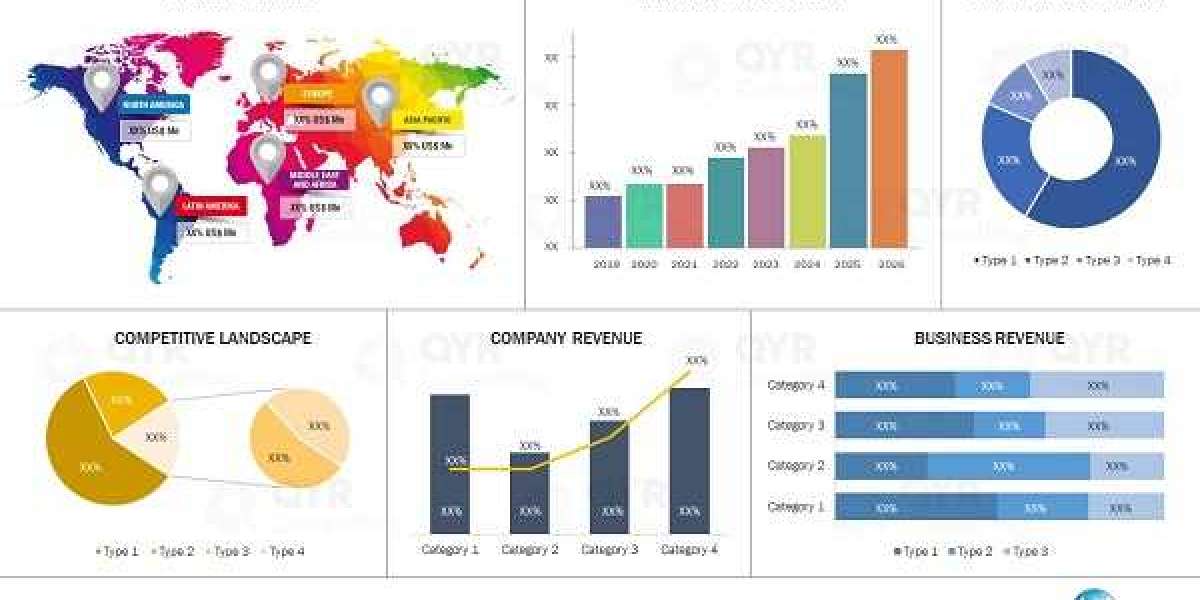In the United Kingdom, roads connect busy cities like London to calm places like the Cotswold’s. Driving is great until trouble hits—speeding, crashes, or other charges can stop you. Motor Defence Solicitors are here to help. They fight for you and keep your licence safe. Motoring Defence is your UK team. We’re ready with easy, strong support to fix your driving problems and get you back on the road.
Support for All Driving Trouble
If you’re in Leeds with a speeding ticket or in Bristol after a crash, Motor Defence Solicitors at Motoring Defence step in. We handle points, fines, or bans—anything that messes with your driving. Lots of UK drivers face this stuff every year. We know the rules and how to fight them. Our traffic defence solicitors check what went wrong and help you so you don’t lose your driving rights over one bad day.
Fighting Charges Big and Small
Driving trouble can grow fast. A small fine can turn into a big ban or court date. In 2025, UK roads have tougher rules—more cameras and checks. You could lose your job or pay more for insurance. But Motor Defence Solicitors at Motoring Defence fight back. We’ve cut a fine in Manchester with camera proof. We also stopped a ban in Glasgow with a good reason. We’re in the UK and here to win with UK motor legal experts who keep your driving going.
A Win to Stay on the Road
Here’s a story from Motoring Defence. Tom is 40 and drives in Cardiff. He got a ticket for careless driving after a tight turn. It meant 9 points and a ban. His family needed his car, and he had 14 days to fix it. Tom picked our Motor Defence Solicitors. We met him quick, showed the road was tricky, and told the court. The points dropped to 3—he’s still driving, all thanks to us. We turn tough spots into wins.
Easy Help for Your Case
At Motoring Defence, our Motor Defence Solicitors keep it simple. We start by listening—maybe you’re in Newcastle with a fine or in Southampton with a crash charge. We look at papers, like tickets or witness words, and make a plan to beat it. We tell you what’s next in plain talk. You don’t feel worried—you feel good with a team close by in the UK. We’re fast, smart, and care about keeping your traffic defence solicitors with you every step.
Your Driving Defence Team
Why choose Motoring Defence as your Motor Defence Solicitors? We’re good at this and near you. We’re all over the UK, so you can call or stop by easy. We work fast and show costs upfront—no hidden stuff. We’ve lowered points in London with a mistake claim, cut a ban in Birmingham with road facts, and won in Edinburgh—all while being friendly. We’re not just solicitors; we’re your UK motor legal experts, winning to keep you driving wherever you are.
Drive Free Again Soon
Your driving matters—don’t let trouble take it away. If you’re in Liverpool with points or in Oxford facing court, Motoring Defence is your Motor Defence Solicitors. We cut through the mess and save your licence with strong, simple help. Call us, email, or visit us now. We’ll get your driving back with the care and fight you need.
Ready to drive again? Contact Motoring Defence today. Your motor help starts here.











